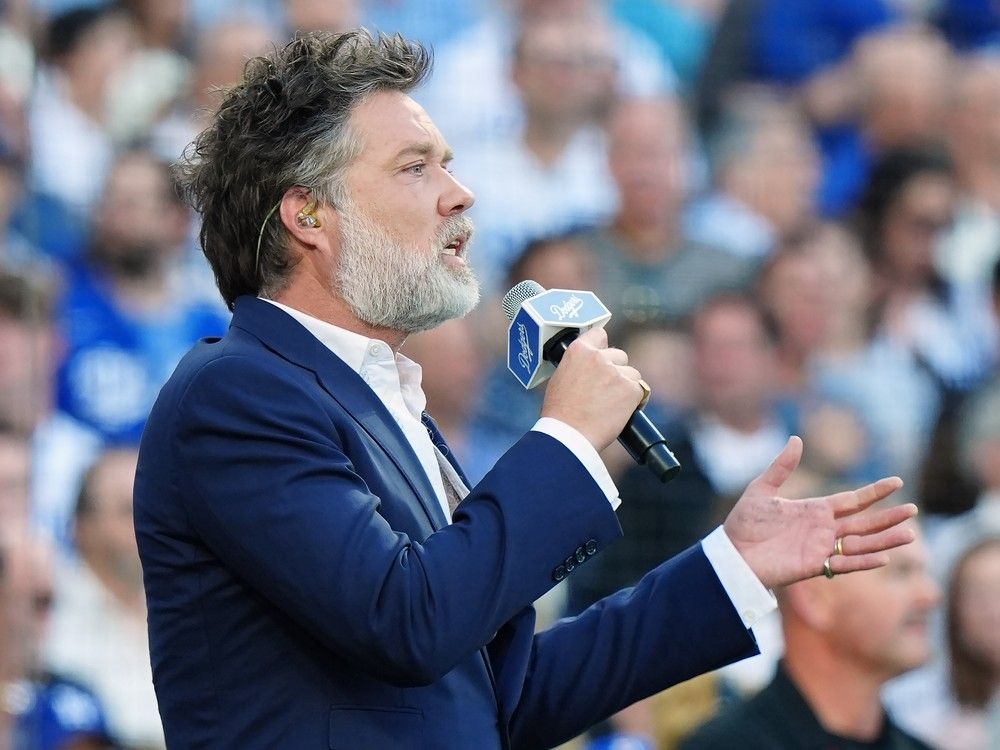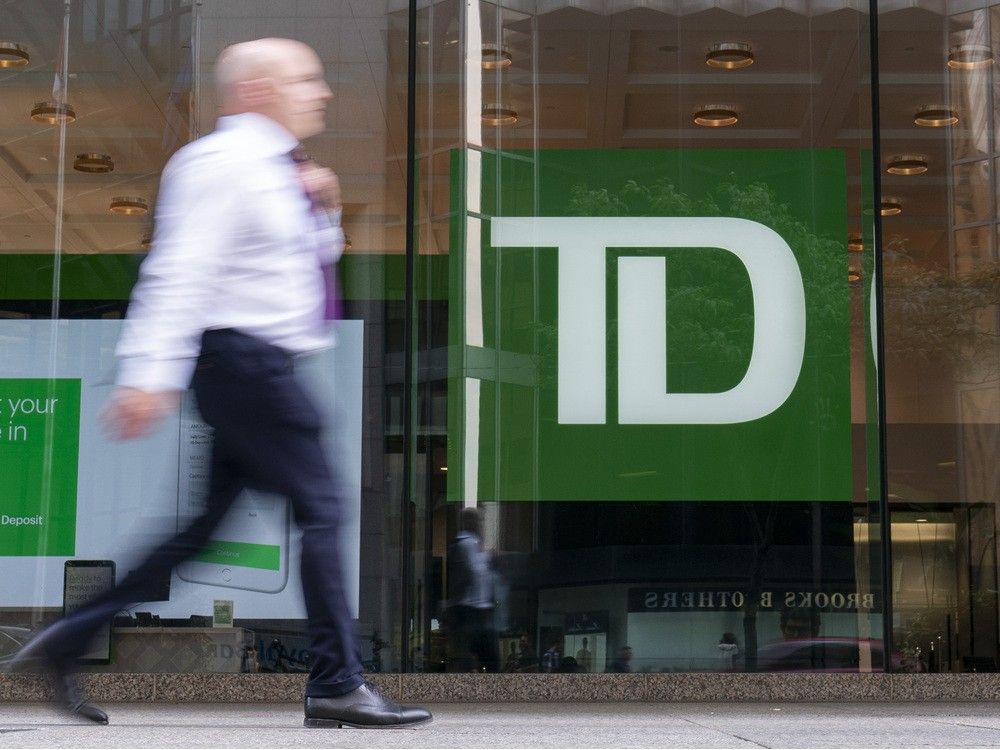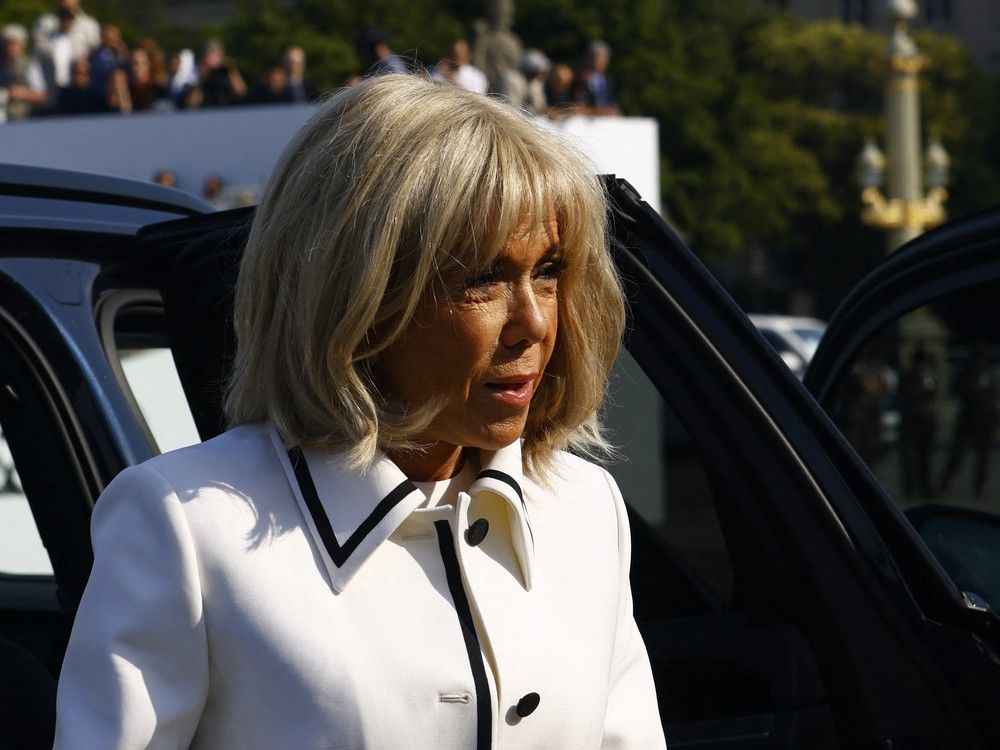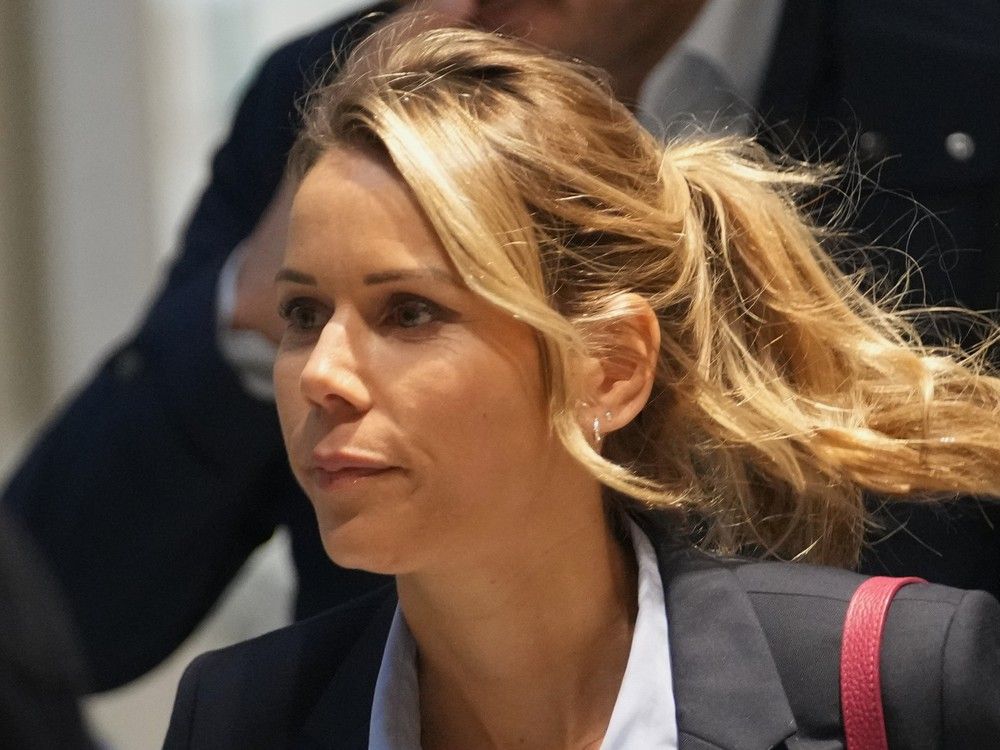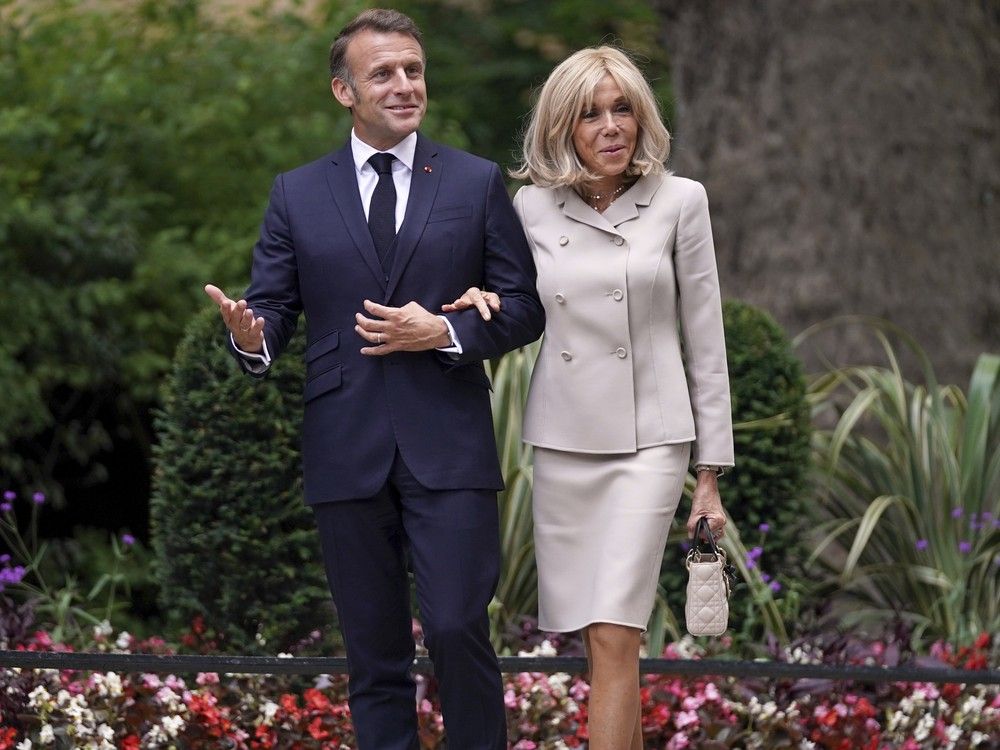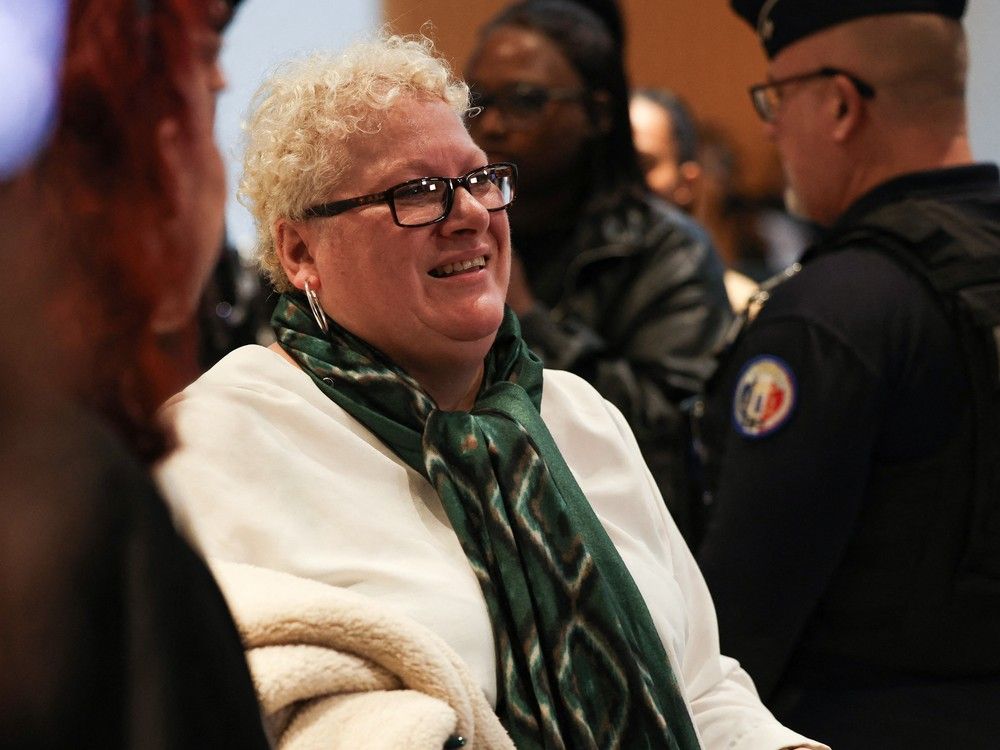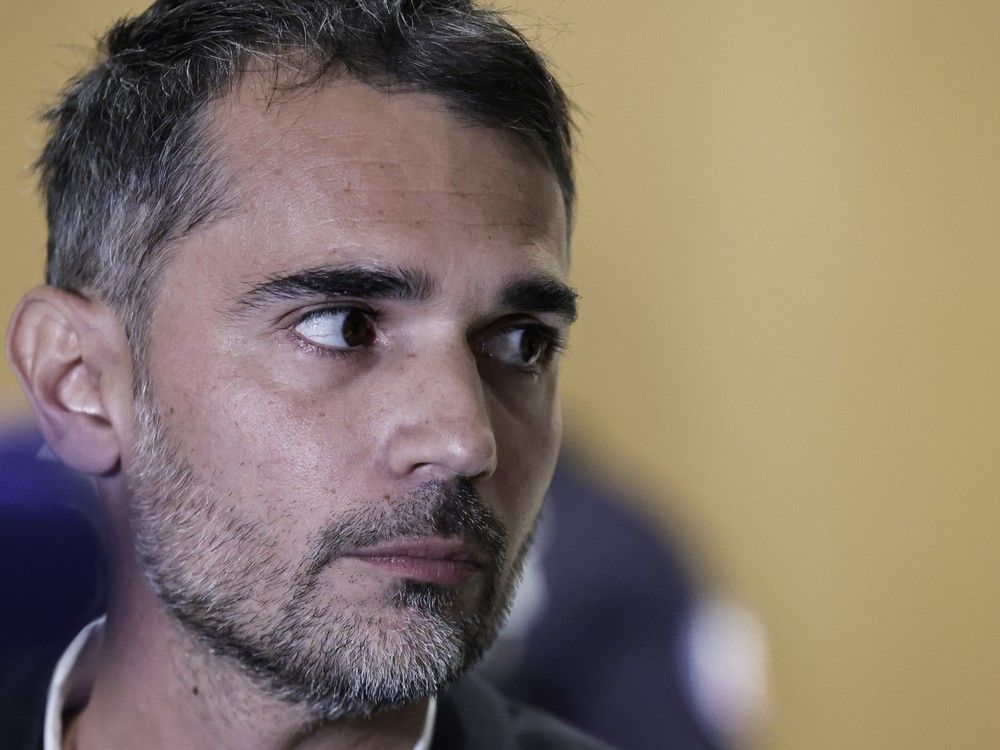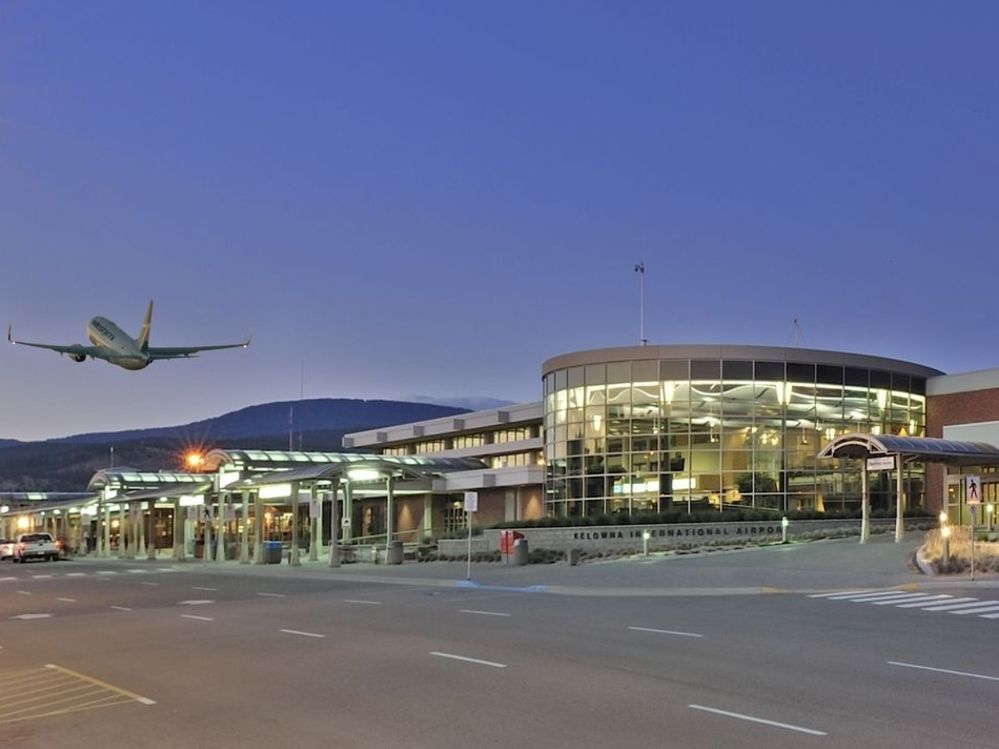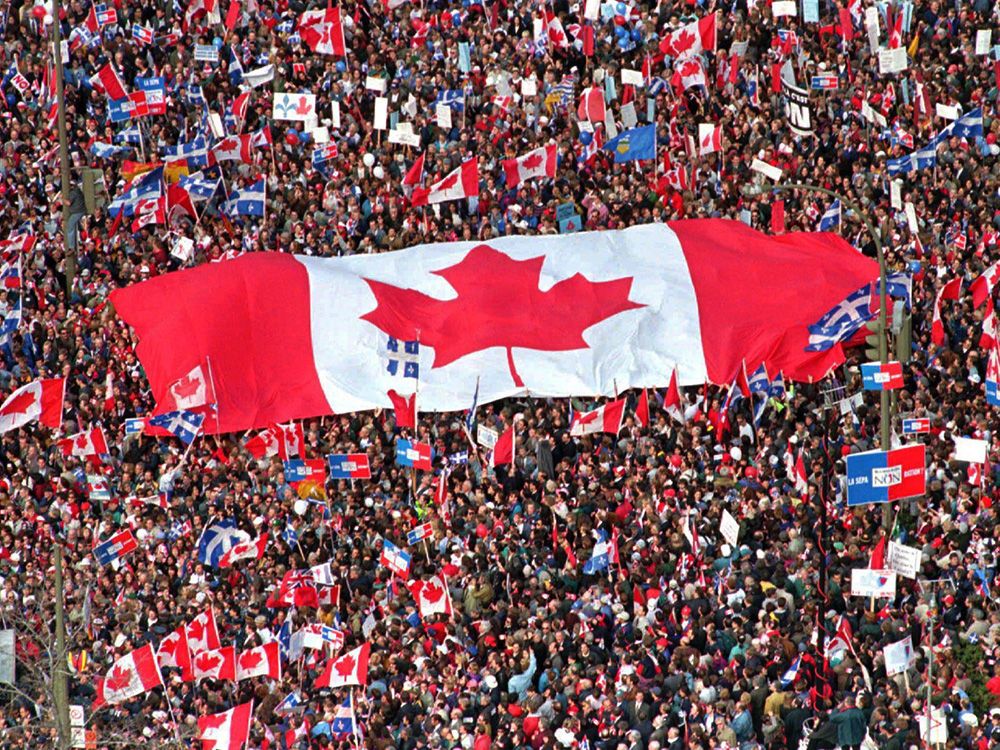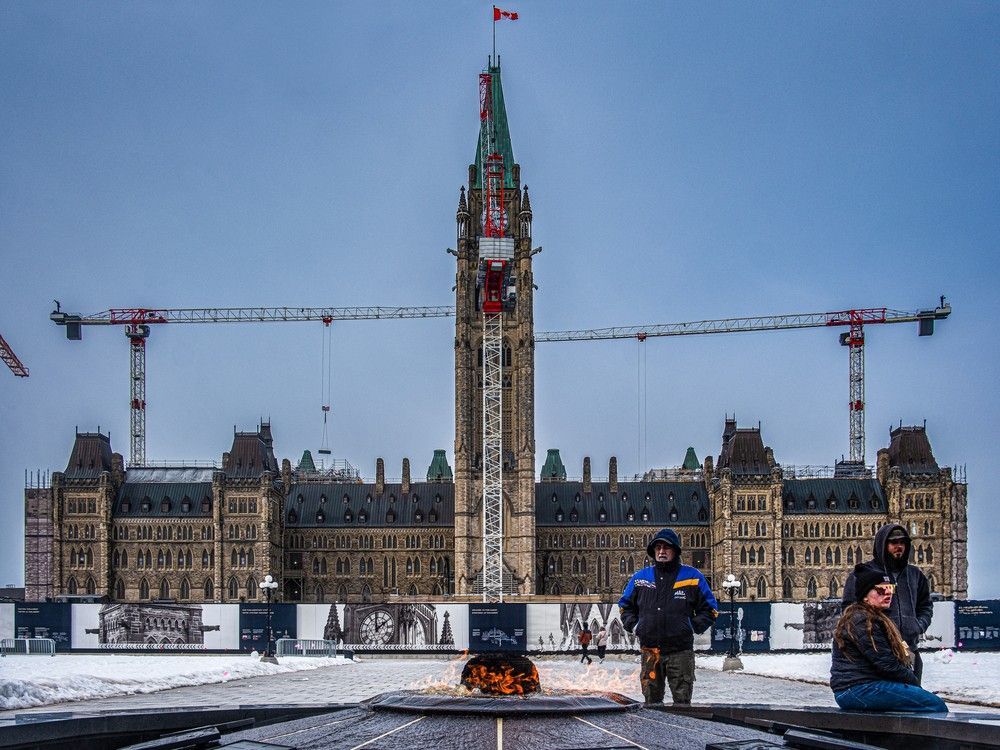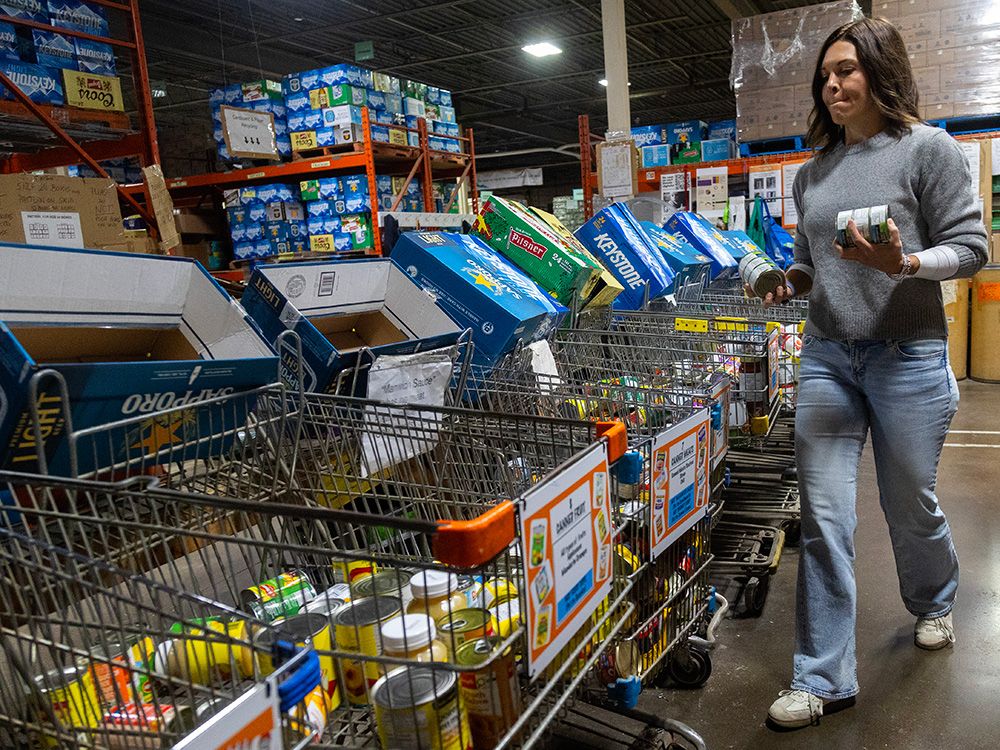
As the cost of essentials such as shelter and food has increased in Canada, so have the number of employed people, children, two-parent households, recent immigrants and seniors who turn to food banks. In March alone, food banks recorded an unprecedented 2.2 million visits, according to Food Banks Canada’s 2025
.
Food bank usage has doubled since 2019 and is 5.2 per cent higher than it was last year. “It took decades to reach one million visits in a month, and it has now taken half a decade to double that,”
notes.
According to the report, which encompasses the country’s 5,500 food banks and community organizations, poverty and hunger are “normalizing” in Canada.
Food banks increasingly serve as lifelines and are seeing growth across the board, but the number of employed people accessing them has been growing. Nearly one-in-five (19.4 per cent) food bank clients have jobs, compared to just over one-in-10 (12.2 per cent) in 2019.
“That is very much reflective of the cumulative impacts of the cost of living, increased cost of living, and how that’s affected people’s purchasing power,” Richard Matern, director of research at Food Banks Canada, told
.
Canadians continue to pay more for groceries as food inflation
in September. Food Banks Canada identified clients in a variety of jobs, from construction workers to receptionists, who now stop at a food bank on their way home from work instead of a grocery store.
“It’s really shocking to see just how far people are falling behind every single month,” Kirstin Beardsley, chief executive officer at Food Banks Canada, told
. “This is becoming the new normal in Canada, and it can’t be. We need to see this number reverse next year.”
HungerCount found that
to Canada who have been in the country for 10 years or less account for nearly 34 per cent of food bank clients. While stable compared to 2024, this is a 161.5 per cent increase compared to six years ago, when they represented 13 per cent.
and lower wages are the two factors driving food insecurity among newcomers, according to the report. This group is also less likely to access employment insurance or provincial social insurance due to eligibility requirements.
Food bankers also reported seasonal or casual work, low hours, closed work permits for
and work restrictions for international students as reasons for visits. HungerCount doesn’t break out international students, but food banks in some cities, including
and Brampton in Ontario, have reported an uptick in recent years, with some
because of the overwhelming demand.
Food banks have also seen more seniors — 8.3 per cent versus 6.8 per cent in 2019 — and two-parent households with children under 18, which increased from 18.8 per cent before the pandemic to 23.1 per cent today. As with employed people, these groups are grappling with the high cost of living and affordability issues.
People on social assistance or disability-related supports represent 40 per cent of the food bank population. “Grossly inadequate provincial social assistance remains the most common source of income for food bank clients,” Food Banks Canada says.
The report’s policy recommendations include modernizing the employment insurance system by expanding support for precarious, gig and self-employed workers, making life more affordable by investing in housing, and introducing a groceries and essentials benefit for low-income Canadians, as well as addressing food insecurity in the North.
Though the proportion of children under 18 accessing food banks is holding steady at 33 per cent, this percentage now represents nearly 712,000 monthly visits. That’s a 91 per cent increase since the pre-pandemic period, with far-ranging effects.
“Kids who go to school hungry are not focused, they aren’t attentive, they can’t have the same sorts of relationships with their friends. There’s some shame associated with not having the food. So seeing the school food programs made permanent is a critical step,” Beardsley told
. “We need to make sure that this country is a place where everyone has an opportunity to thrive, including kids, so that we have the future we need as a country.”
Our website is the place for the latest breaking news, exclusive scoops, longreads and provocative commentary. Please bookmark nationalpost.com and sign up for our cookbook and recipe newsletter, Cook This, here.





